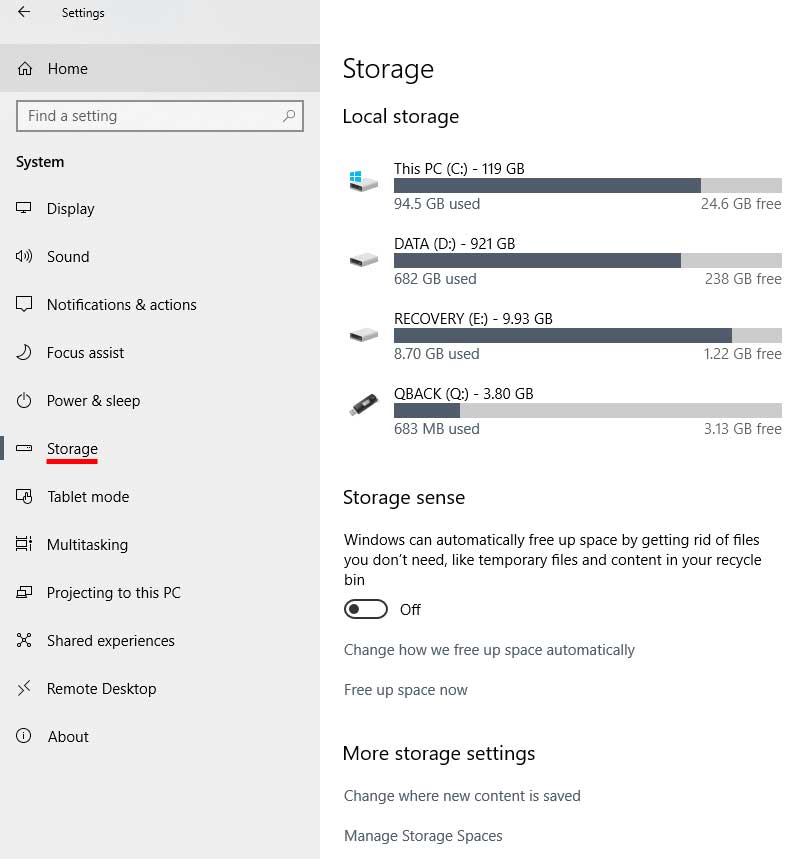
- STORAGE MANAGEMENT TOOLS WINDOWS 10 HOW TO
- STORAGE MANAGEMENT TOOLS WINDOWS 10 WINDOWS 10
- STORAGE MANAGEMENT TOOLS WINDOWS 10 DOWNLOAD
- STORAGE MANAGEMENT TOOLS WINDOWS 10 FREE
Note that the default setting for your Downloads folder is “Never” and should remain as such unless you are confident that there’s nothing you need before deleting everything.

Daniel Martin/Screenshotįrom the next menu, you can set when Storage Sense will run, when and if recycle bin files and downloads will be deleted, or select Clean Now to perform a cleaning based on the current menu settings. If this is your first time using this option, select Configure Storage Sense or run it now at the top of the Storage menu.
STORAGE MANAGEMENT TOOLS WINDOWS 10 DOWNLOAD
Storage Sense is a great Windows tool that will auto-delete temporary files and empty your recycle bin and download folders. We’re all used to seeing this part - but the real magic happens when you select one of your drives and open up a whole new set of options, including the ability to dive deeper into what’s taking up your disk space and delete any data you decide you don’t need.
STORAGE MANAGEMENT TOOLS WINDOWS 10 FREE
When you first bring up Storage, it seems to be a basic description of your drives, how much data they are using in GBs, and how much free space remains.

We’ll start with the most basic of steps, namely where to find Storage in Windows 10.Ĭortana and the search menu are happy to help and take you directly there if you search for “storage.” If you prefer a more traditional way, head over to Settings > System > Storage.
STORAGE MANAGEMENT TOOLS WINDOWS 10 WINDOWS 10
Learn about Windows 10 storage first (don’t worry, it’s easier than it looks). While this feature is extremely convenient, it also means you can mess up or lose your data very easily if you don’t know what you are doing. What is the Windows 10 Storage menu?ĭesigned to be a hub connecting all your data management features, the Windows 10 Storage menu has many features allowing you to review and alter files quickly and programs to reorganize and open up additional space. Read on to learn more about how Windows 10 Storage menu and Storage Sense can help you trim the dead weight from your hard drive and improve system efficiency.
STORAGE MANAGEMENT TOOLS WINDOWS 10 HOW TO


 0 kommentar(er)
0 kommentar(er)
